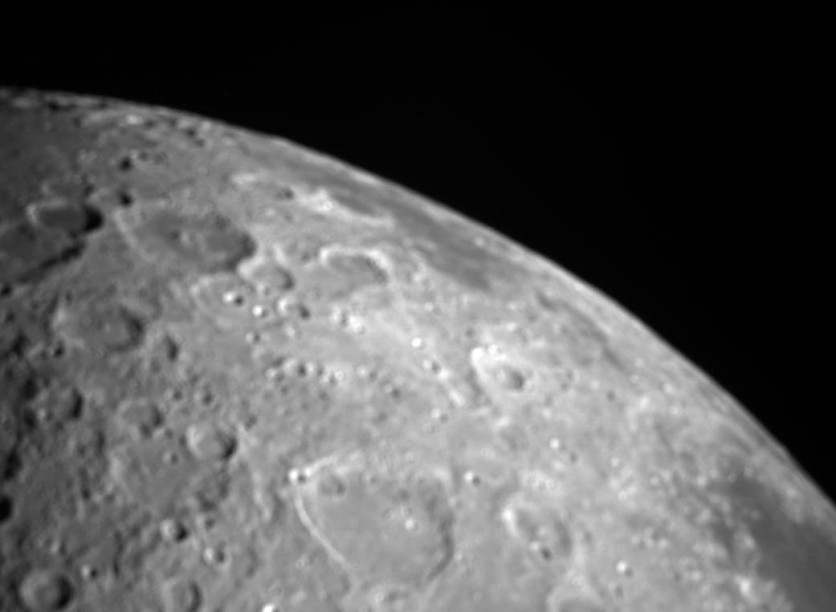NASA's CAPSTONE spacecraft has achieved a major milestone in space exploration, successfully capturing its first images of the Moon and testing a groundbreaking navigation technology.
The images, taken during CAPSTONE's close approach to the Moon on May 3, reveal the lunar surface near the Moon's North Pole.

CAPSTONE Captures the Moon
CAPSTONE, also known as Cislunar Autonomous Positioning System Technology Operations and Navigation Experiment, is a CubeSat with the size of a microwave oven.
It operates in a unique elliptical orbit around the Moon, a path that NASA's Gateway will utilize. The recent test involved CAPSTONE and NASA's Lunar Reconnaissance Orbiter (LRO), with both spacecraft playing crucial roles in advancing the CAPS technology.
During the May 9 experiment, CAPSTONE initiated a signal transmission to LRO intending to measure the distance and relative velocity between the two spacecraft. Subsequently, LRO transmitted the signal back to CAPSTONE, which was then converted into a measurable value.
The successful test showcased CAPSTONE's capacity to collect measurements that will be employed by the CAPS software to accurately determine the positioning of both spacecraft.
This technology has the potential to revolutionize autonomous navigation in future lunar missions, significantly improving their operational efficiency and precision.
Read Also : China's Chang'e 5 Rover Found Tiny Glass Beads With Water on the Moon, Could Hydrate Future Settlements
Pivotal Mission Objective
In addition to the noteworthy CAPS test, CAPSTONE achieved a pivotal mission objective by successfully maintaining its near-rectilinear halo orbit for a duration of at least six months. This milestone signifies the fulfillment of the spacecraft's primary mission.
Nonetheless, CAPSTONE will continue its operations within this orbit, conducting further evaluations of onboard technologies during an extended mission phase, which could extend up to a year.
The image captured by CAPSTONE on May 3 showcases the extraordinary progress made by the mission. Positioned near the Moon's North Pole, the center of the image corresponds approximately to coordinates 25° N and 85° E on the lunar surface.
This visually stunning snapshot offers a glimpse into the intricate topography and features of the Moon's landscape.
The success of CAPSTONE's navigation technology and the acquisition of its first lunar images mark significant achievements for NASA and the future of space exploration.
By pushing the boundaries of our understanding and capabilities, CAPSTONE paves the way for more advanced and precise navigation systems that will revolutionize lunar missions.
Related Article: NASA Will Land On The Moon For The First Time in 50 Years l Here's Everything You Need To Know About Artemis 1

ⓒ 2025 TECHTIMES.com All rights reserved. Do not reproduce without permission.




